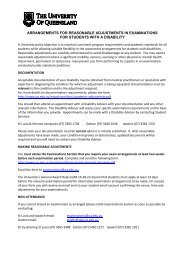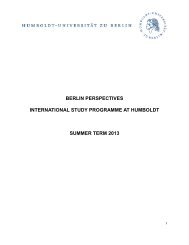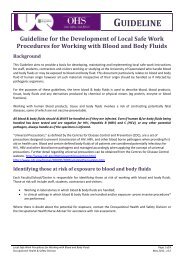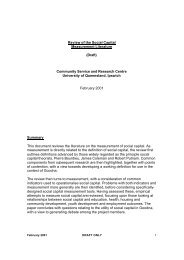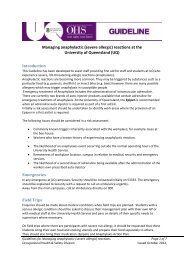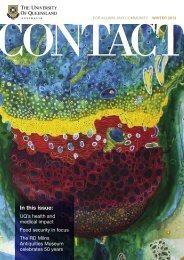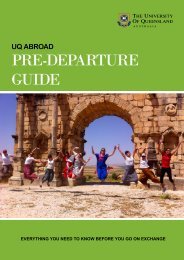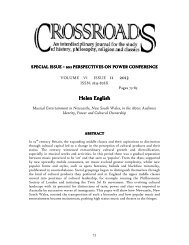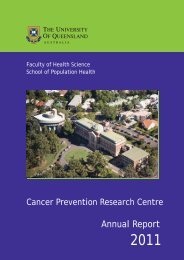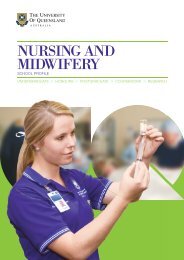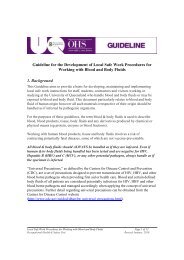Making Abundant Natural Resources Work for Developing Economies
Making Abundant Natural Resources Work for Developing Economies
Making Abundant Natural Resources Work for Developing Economies
You also want an ePaper? Increase the reach of your titles
YUMPU automatically turns print PDFs into web optimized ePapers that Google loves.
financial development will have a long run impact on economic per<strong>for</strong>mance and thechannel through which this works is capital accumulation.The general policy implication is that in order to abate the natural resource curse,long run policies that improve financial institutions and promote capital accumulationwill be effective in terms of aiding economic per<strong>for</strong>mance. The results are not due topotential biases such as omitted variables, endogeneity, simultaneity or the panelestimation method used.8. ConclusionThe research undertaken in this paper does not claim that the financial sector is adirect major source of economic growth. If anything, through its function of resourceallocation, it ‘plays an auxiliary role in the process of economic growth anddevelopment. A failure to fulfill these functions, however, could clearly reduce therate of economic growth below the otherwise feasible’ (Graff, 2003:65).A panel of fourteen developing, natural resource abundant economies <strong>for</strong> the periodbetween 1983 and 2004 is used. Panel unit root and cointegration techniques wereutilized to conclude that there exists a long run significant relationship betweenfinancial development and economic growth. Subsequently, an estimator that is robustto the exclusions of the variables that are not part of the cointegrating relation andallows <strong>for</strong> endogeneity of the explanatory variables was used to estimate thecointegrating relationship (Pedroni, 2000). Finally a panel error correction model isused to determine the causal relationship between our variables. Our results areconsistent with other empirical studies (e.g. Chang & Caudill, 2005; Christopoulos &32


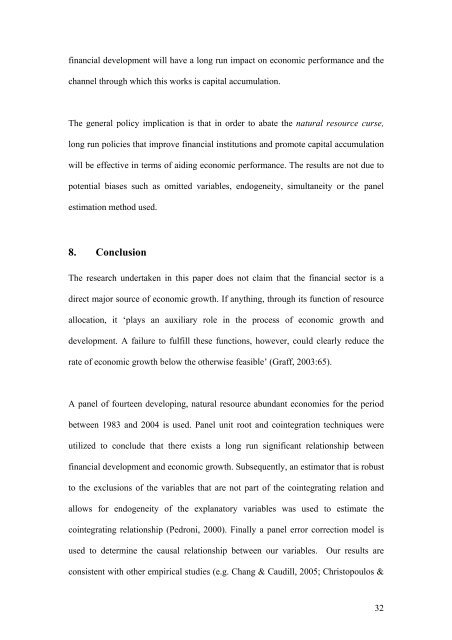

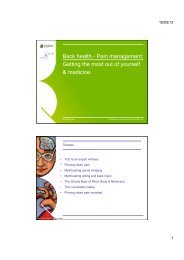
![Recycling [ PDF, 62KB ] - University of Queensland](https://img.yumpu.com/51805185/1/184x260/recycling-pdf-62kb-university-of-queensland.jpg?quality=85)
